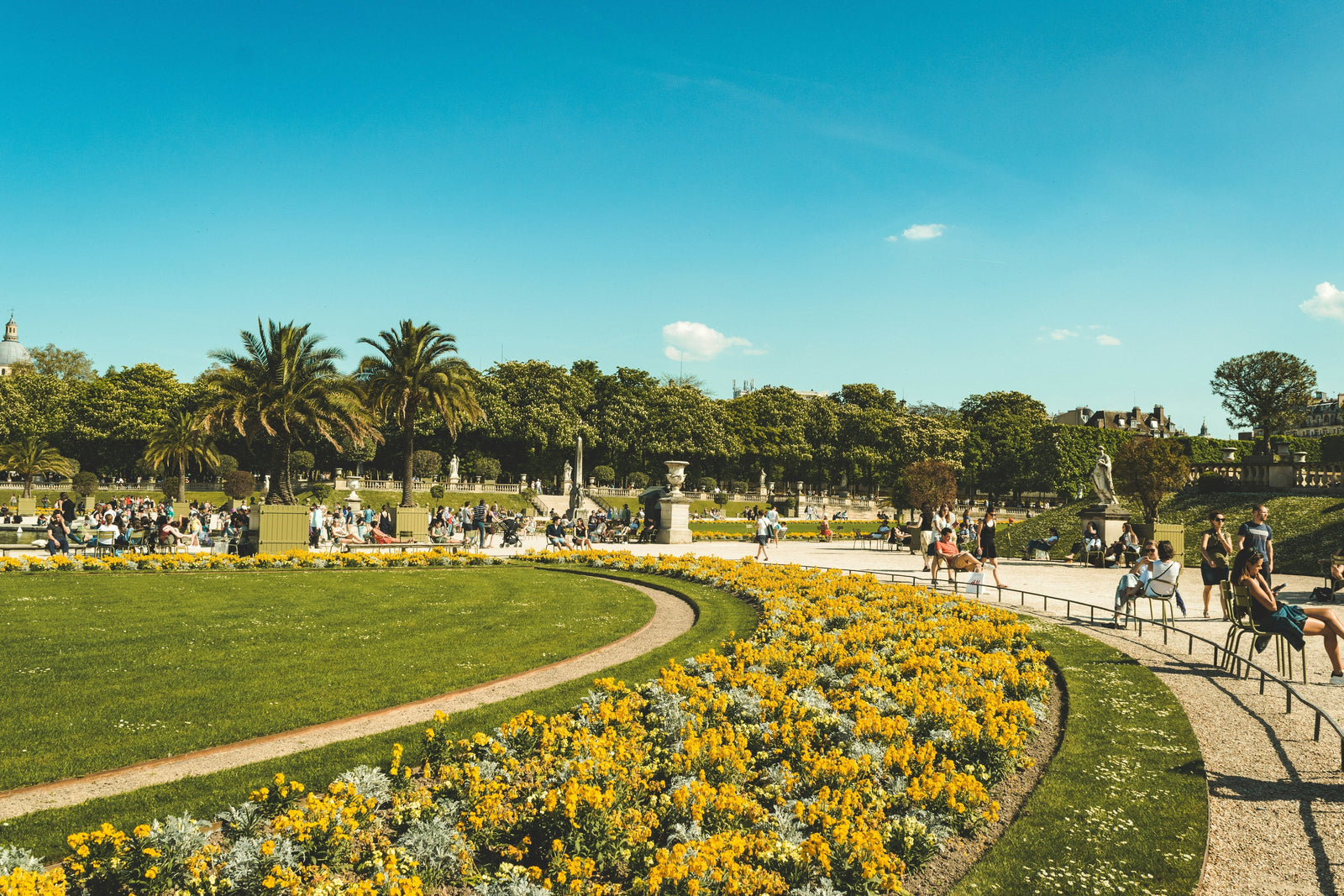Urban parks: health issues and contribution to well-being in 2025

Urban park: a major issue for public health
The importance of urban parks in our cities
Cities are expanding rapidly. However, this growth reduces the space available for nature. Yet, urban parks play a vital role in the well-being of city dwellers. They improve air quality, promote physical activity, and reduce stress. This article explores the benefits of urban parks and the challenges of improving them.
The health benefits of urban parks
Fight against a sedentary lifestyle
Urban natural parks provide an ideal environment for physical activity. They allow for walking, running, cycling, and team sports. These activities reduce the risk of chronic diseases such as obesity, diabetes, and cardiovascular disease.
Reduced stress and improved mental well-being
Contact with nature soothes the mind. Walking in a public park reduces anxiety and promotes relaxation. Numerous studies show that green spaces help reduce depression and stress.
Improving air quality
Trees filter pollutants and produce oxygen. They also reduce air pollution, protecting residents from respiratory diseases. Thus, a well-maintained urban park becomes a true lung for the city.
Strengthening social ties
Parks encourage social interaction and gatherings. Playgrounds, sports fields, and picnic areas strengthen community bonds. They allow families and friends to gather in a friendly setting.
Access to healthy food
Some urban parks incorporate community gardens. These initiatives offer residents the opportunity to grow their own fruits and vegetables. They encourage healthier and more sustainable eating.
Challenges to improving urban parks
Ensuring the safety of urban park users
An urban park must be a safe place. Therefore, maintaining infrastructure and having security personnel are essential. Additionally, installing appropriate lighting and surveillance cameras enhances security.
Maintain the cleanliness of the urban park
Waste degrades the environment and can be hazardous. To address this, effective waste management is essential. Installing trash receptacles and conducting awareness campaigns encourages respect for the environment.
Guarantee accessibility for all to the urban natural park
Parks must be accessible to people with reduced mobility. Adapted paths, benches, and access ramps allow everyone to enjoy these spaces.
Reducing territorial inequalities
Not all neighborhoods have green spaces. Therefore, it is essential to create parks in disadvantaged areas to provide equitable access to nature.
Managing environmental risks
Parks are home to diverse flora and fauna. However, the presence of allergens and disease-carrying insects must be controlled. Therefore, preventative measures, such as mosquito control, are necessary.
Ensure sustainable management of green spaces
The use of water and plant protection products must be carefully considered. It is preferable to plant resistant species and adopt ecological practices to preserve biodiversity. Therefore, it is important to conduct preventive analyses of the soils that make up the urban natural park to prevent any health risks.
How to optimize the impact of urban parks on public health?
- Invest in development and maintenance
Cities must develop quality green spaces. A well-maintained urban park attracts more visitors and maximizes its benefits.
- Encourage physical activity
Modern sports facilities encourage exercise. Group classes and sporting events are organized regularly.
- Raise awareness and educate
Educating citizens about the importance of urban parks is essential. Educational programs can also be implemented in schools and community centers.
- Encourage citizen participation
Involving residents in park management promotes their upkeep. Collaborative initiatives, such as shared gardens, strengthen citizen engagement.
- Monitor air and water quality
Implementing environmental sensors makes it possible to monitor pollution and act quickly if a problem arises.
- Integrating urban parks into health policies
Green spaces should be considered as prevention tools. Local authorities should integrate them into their public health strategies.
Conclusion
In conclusion, urban parks are much more than just places of recreation. They are essential for public health and citizen well-being. Improving their management and accessibility is a major challenge for the future of cities. By investing in these spaces, we are creating greener, healthier, and more inclusive cities.



